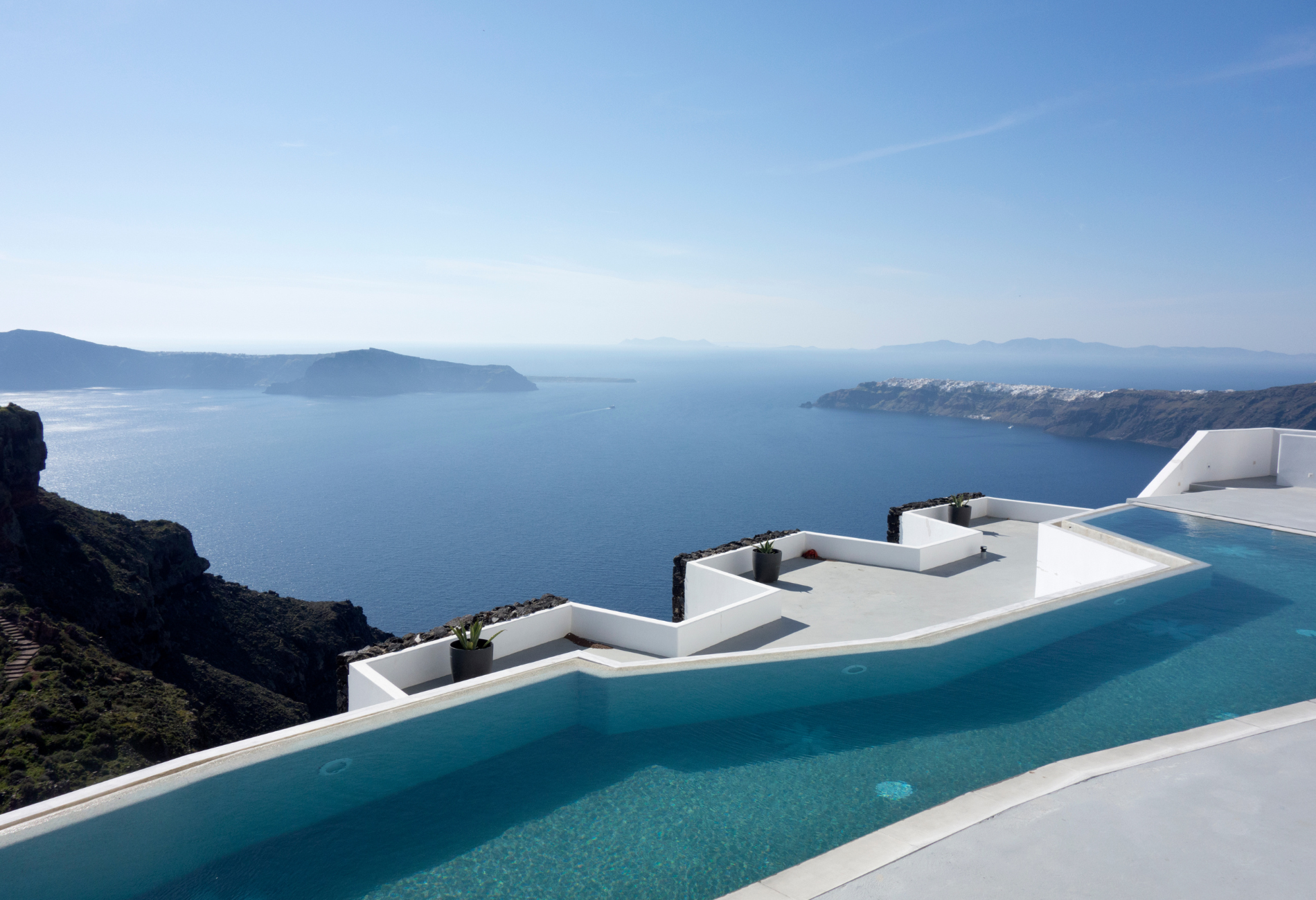Argentina’s government just launched new regulations that could help make it one of the most financially attractive destinations for tourism, cutting costs by almost 50%.
Without delving too deeply, decades of economic woes have resulted in the emergence of multiple currency exchange rates, as locals desperately seek more stable foreign currency. One of these rates, dubbed the ‘Blue Dollar,’ has been used by tourists for years to effectively cut their trip costs in half.
What’s a peso worth? Depends on who you ask.
If a tourist were to exchange their dollars at a bank or official exchange office in Argentina, they’d currently receive 159 Argentine pesos (ARS) for one US dollar. But if they bring cash in a strong currency, like the US dollar, to Argentina and exchange it at an unofficial — and technically illegal — office, they’ll receive 291 ARS for 1 USD, or nearly twice as much.
The benefits are clear to see, but it also means that tourists have typically needed to bring large volumes of cash and carry it with them around the country — not exactly a comforting experience.
A whole new currency exchange rate
The Government’s new rules mean another exchange rate, the Dolar MEP, will now be used with foreign debit and credit cards. The MEP has a similar exchange value as the Blue Dollar, allowing tourists to take advantage of the staggering savings without withdrawing thousands in cash. Meanwhile, the government can earn valuable tax from the situation instead of fighting an unwinnable battle against its population.
I was in Buenos Aires in July, and openly admit that I used the Blue Dollar to heavily offset my costs. While the new exchange rate makes it an even better time to be a tourist in Argentina, it also serves as another example of just how dire a situation the country’s economy is in.

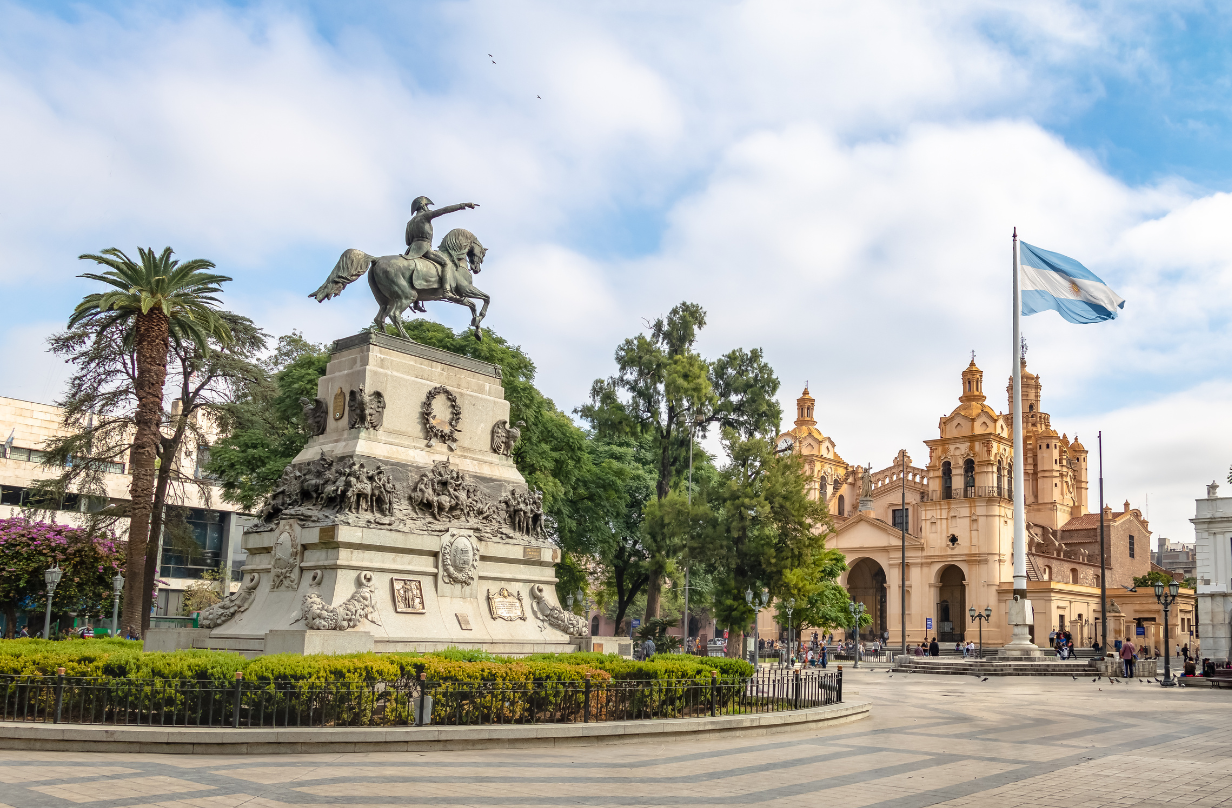




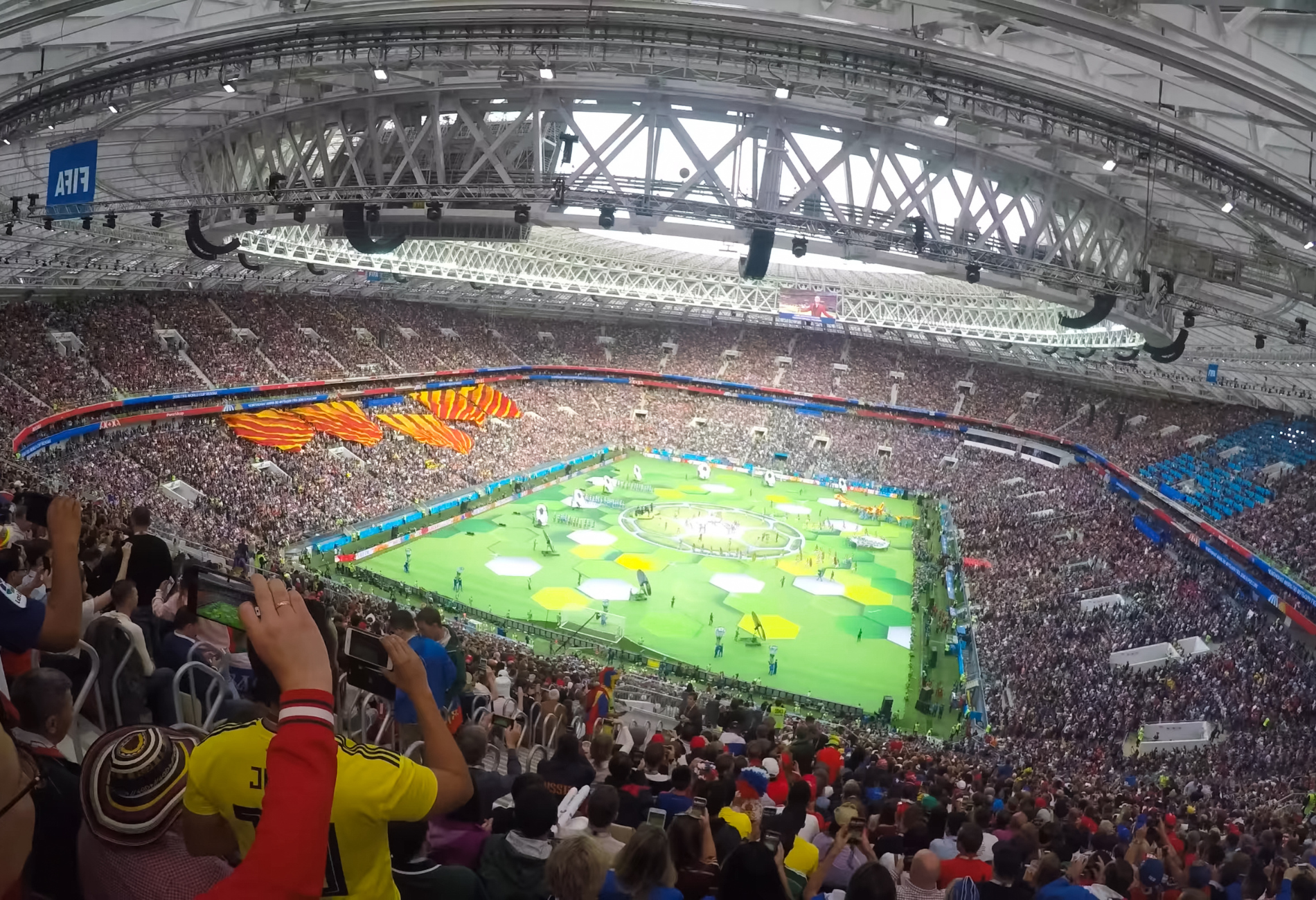
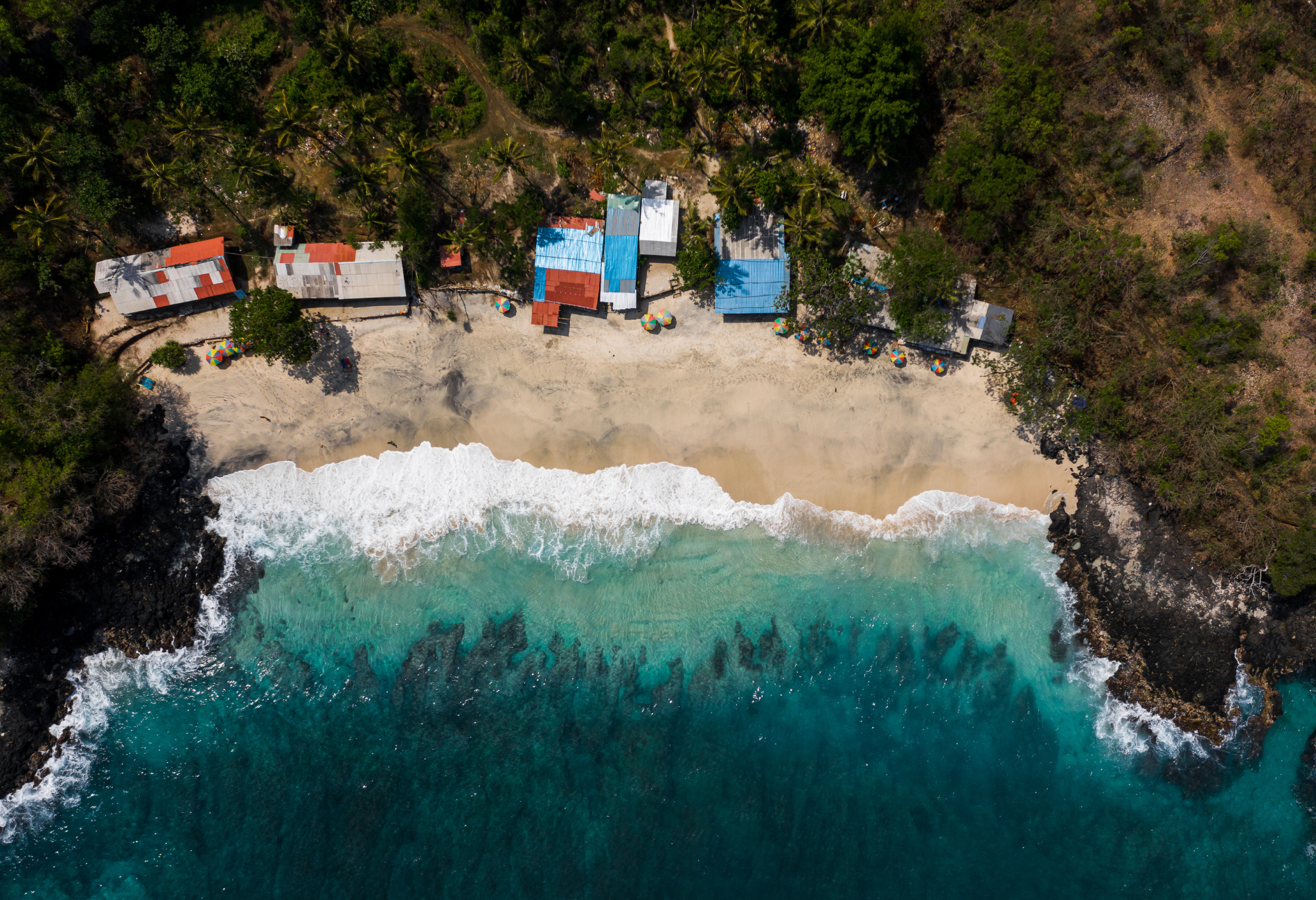
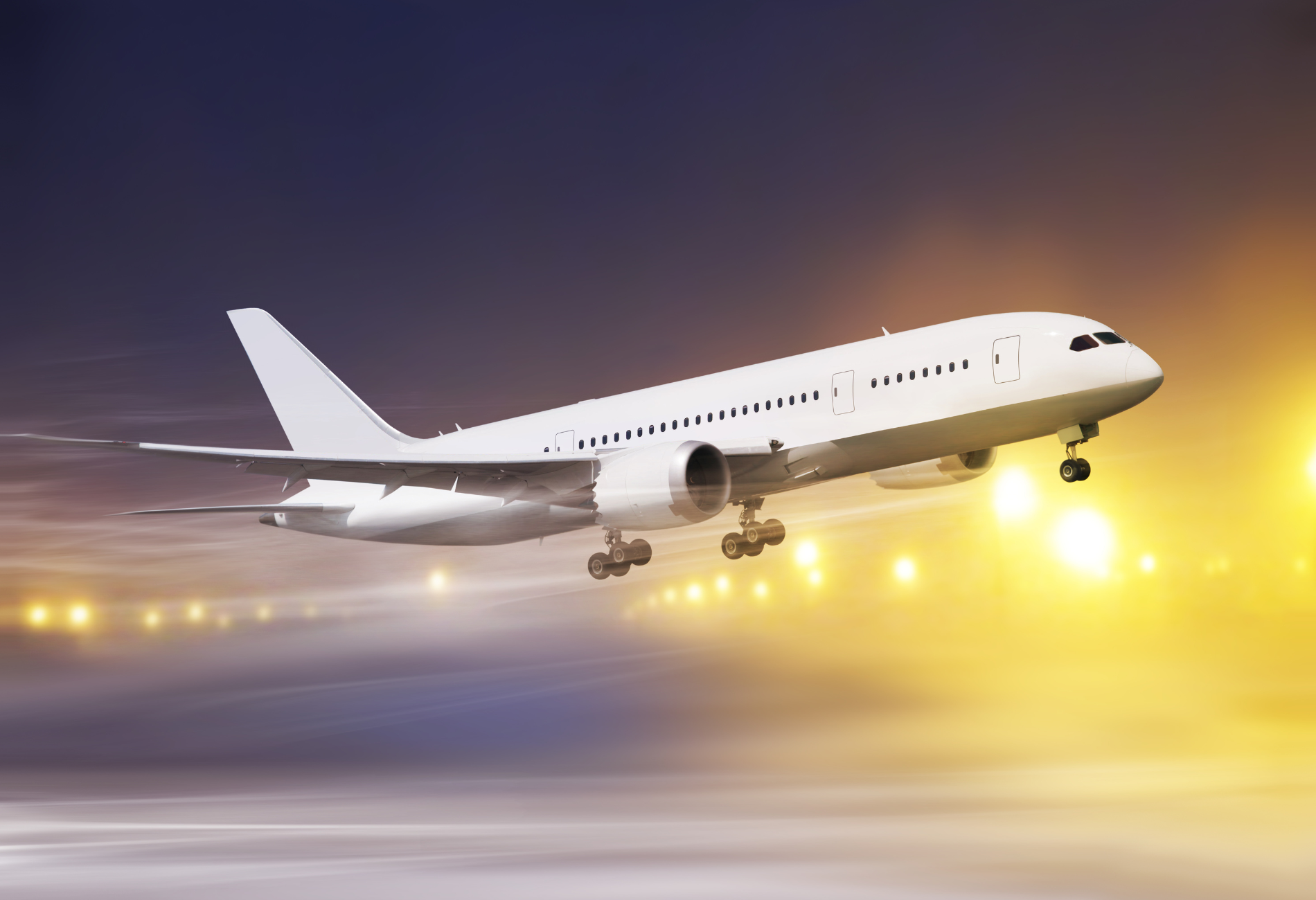
 by your friends at The Daily Navigator
by your friends at The Daily Navigator
